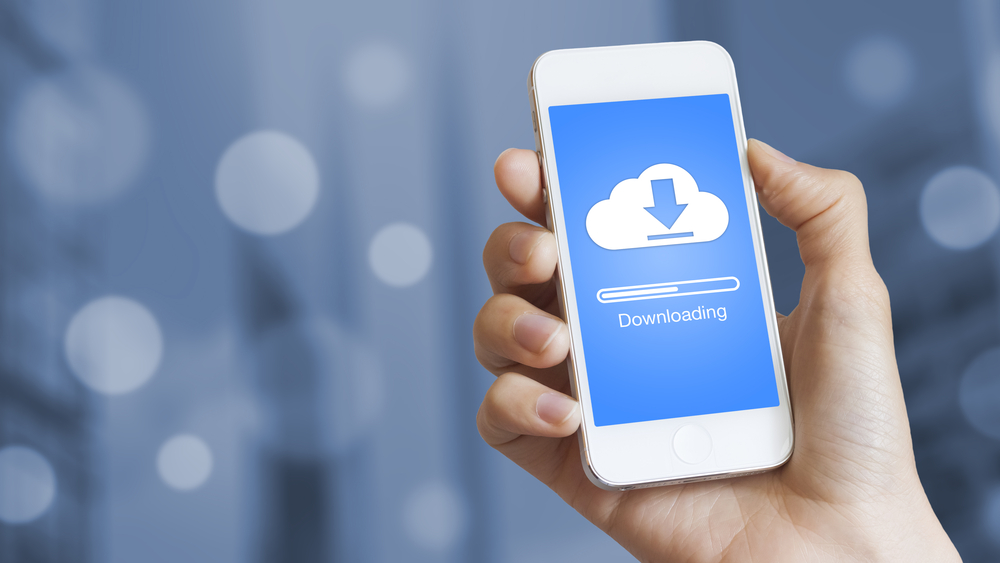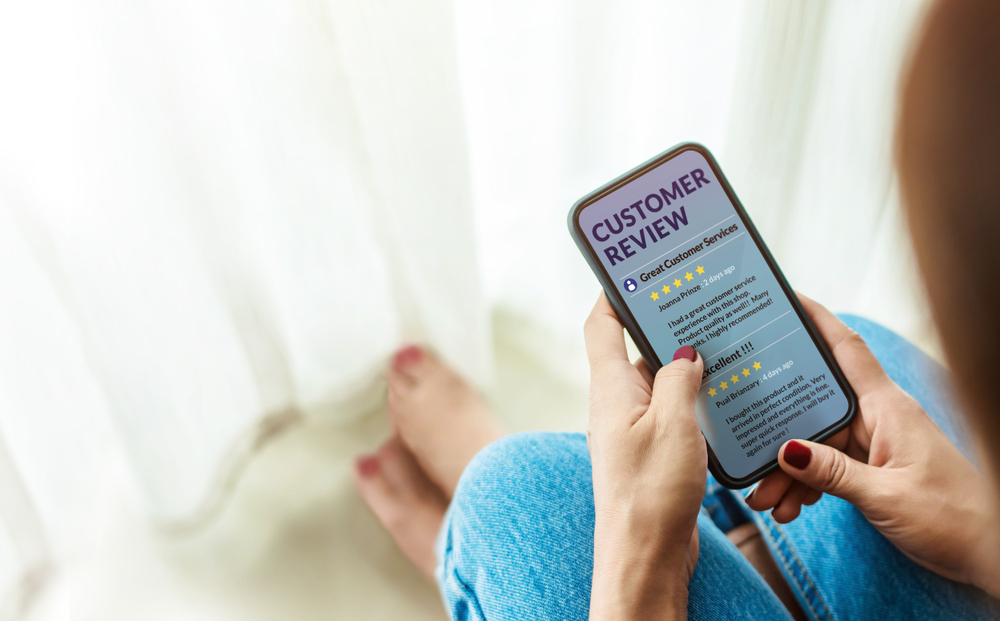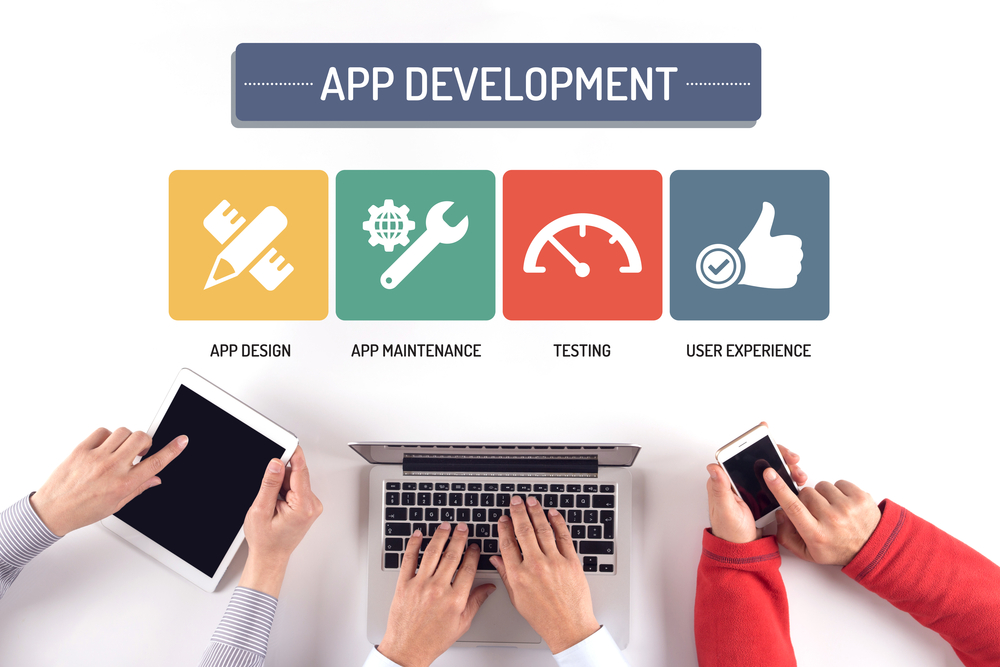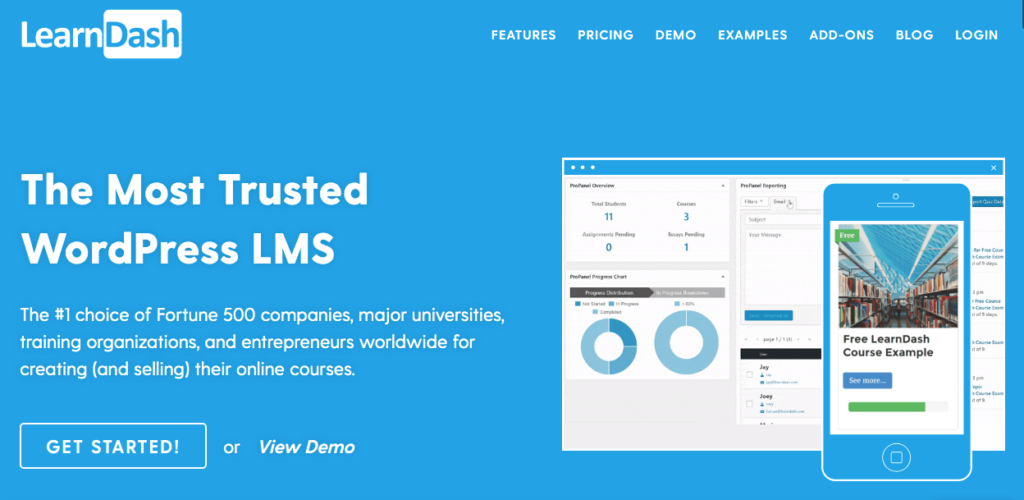Everyone wants reviews, users included.
For app developers, app reviews are a strong source of understanding their audience needs.
This is where they learn firsthand just how well their app does its job. Furthermore, reviews could lead to more or fewer downloads for the app.
According to to book “Foundation iPhone App Development: Build An iPhone App in 5 Days with iOS 6 SDK,” by iOS developer and author Nick Kuh, users are more inclined to download an app where the ratings are high and reviews are raving.
App reviews are evidence that your app is legit, safe, and of course, useful.
A good app that people enjoy will likely garner positive reviews.

However, this is not as simple as it sounds.
People may think positively of your app, but they’re not always going to go out of their way to share that with the world.
The most effective route to getting your app reviewed is to be exceptional in your user experience and care.
It’s typical for mobile apps to include an option to “Send Feedback” and it usually generates an easy access email form.
There are even certain software programs that allow direct two-way interaction with your users.
After providing exceptional service to your user, you can kindly request that they leave a review for your app.
Think of this as conversational marketing, highlighting the answers to the question, “what do you want as a user of my app?”
One such app is called Helpshift.
Not only is it free and easy to use, because of their setup, users are able to express their concerns and be provided with solutions before just having a bad experience and taking it to the app store review section.

Now, we know getting good reviews is great for your download rate.
But it’s also good for building your search rankings and boosting app performance. So make it easy for your users to leave a rating.
Providing a nudge isn’t always enough.
Allow a smooth transition from your app to the app store.
If possible, allow users to leave a rating without leaving the app, or at least, bring them right back to where they left off in the app after they’ve finished reviewing.
It can also be helpful to support other developers.
Join social groups, online and offline. Offer to exchange genuine reviews for each other’s apps.
Routes to avoid in an effort to obtain app reviews include anything that feels unethical or forceful.
Methods like this are considered to be “Black Hat” strategies.
These are shortcuts that rarely ever end well for your app or your developer account.
An example of this kind of strategy is bribing a company for reviews that won’t necessarily be honest.
Bots that provide automated reviews are also common and not encouraged.
Another strategy that may seem harmless but is actually grounds for removal is encouraging users to leave a review by extending a reward or outright purchasing reviews.
These actions are against both Apple and Google’s terms.

Bad reviews are pretty easy to get.
While obtaining good reviews is a task, avoiding negative ones is the starting block.
Are no reviews better than bad reviews?
Jury’s still out on that. However, once you avoid bugs, focus on the app’s functionality, and provide beneficial customer service – receiving bad reviews are the least of your worries.
You can then zero in on achieving good reviews using the aforementioned honest strategies.
After these, your goal should be maintaining them, or better yet, improving on them.
Video can be a great tool for improving many areas of the user experience. Check out our tips here.









